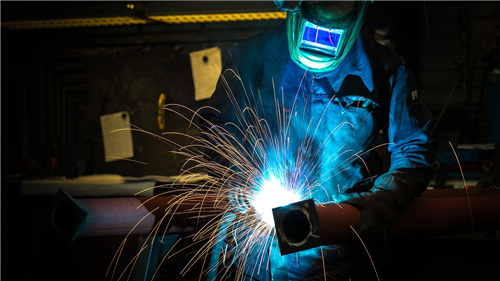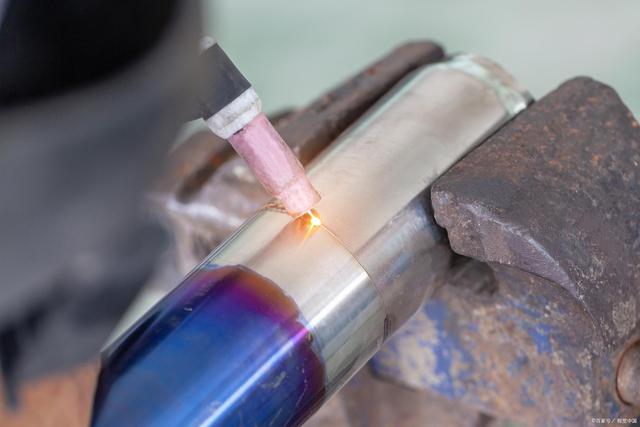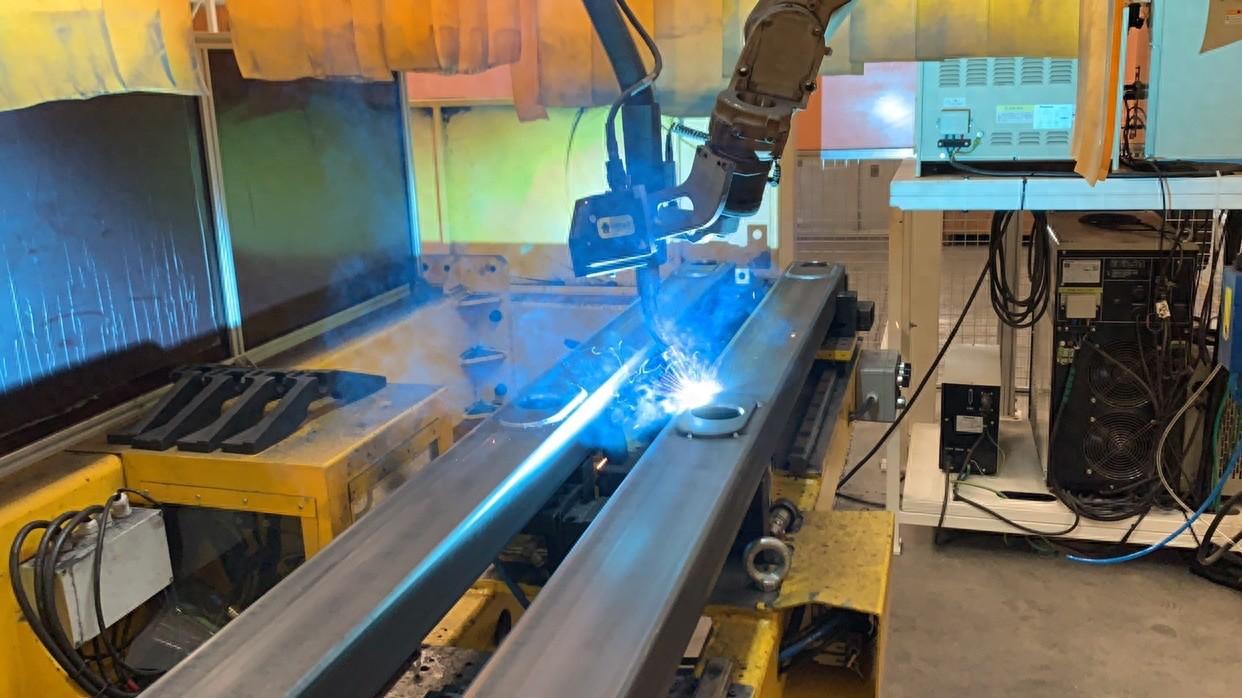Our Location
Mig welding products, made by Lincoln welder, are widely used in various materials: steel, aluminum, titanium, alloy, tungsten, plastic, and copper.
1) Welder brand: lincoln welder
2) Weldings: mig welding
3) Tools: mig welder
4) Materials: aluminium
MIG welding is a welding process that uses a consistent voltage power supply to create an electric arc that melts the base metal. A filler wire is fed through the welding torch while an inert shielding gas is supplied to protect the weld pool. It is faster and easier to learn than TIG welding, making it suitable for heavy-duty projects like metal gates. However, TIG welding is still preferred for precise, strong, and clean welds.

MIG welding requires a clean area free of rust, dirt, and oil. Here are three essential tips to ensure successful MIG welding:
Correct gun position and angle prevent the filler from sagging or rolling over the joint. Work and travel angles vary based on position and joint configuration.
The rate at which the gun moves along the joint affects the quality of the weld bead.
MIG welding has four modes – short-circuit, globular, spray, and pulsed. Each mode has its benefits and drawbacks and should be selected based on the thickness of the materials being welded.
MIG welding involves wire electrodes that carry the current and act as a filler. Hardwire and flux-cored wire are the two types of wire electrodes available. Shielding gas is supplied through the welding torch to keep the welding pool contamination-free. Argon and helium are commonly used shielding gases. Welding torches are essential tools for fusing and melting metals. There are two types of MIG torches: gas-cooled and water-cooled. MIG welding can be done using different power sources, including DC positive polarity, DC negative polarity, and AC power.

– MIG welding is a flexible technique for various metal types and thicknesses.
– Continuous wire feeding allows fast and unstopped welding, resulting in shorter delivery times and lower production costs.
– MIG welding is a relatively clean process producing minimal spatter and slag.
– The MIG torch can easily handle horizontal, vertical, or flat welding positions.
– MIG welding techniques are easy to learn.
– MIG welding is cleaner than most welding processes but may not be suitable for “aesthetic-quality” projects involving thin sheet metal. TIG welding may be a better option in such cases.
– MIG welding equipment can be expensive to set up initially.
– Since there are limited deoxidants available in the process, it’s necessary to remove all rust from the workpiece before MIG welding can begin.

Depending on the project, the active shielding gases used in MIG welding are typically carbon dioxide or argon, carbon dioxide, and oxygen mixtures.
Spatter occurs during MIG welding due to the excess molten droplets of wire that bond around the welding arc. It creates splatter around the workspace and sometimes on the product being welded. Good practice can reduce spatter.
Yes. A shielding gas consisting of argon alone or mixed with carbon is required. For example, a 75:25 argon to carbon dioxide ratio gives excellent results.
MIG welding machines are usually set to DC as they offer constant voltage. It is the most commonly used setting, providing a stable arc, better bead quality, weld penetration, and less spatter. AC is rarely used in MIG welding.
Yes. Cleanliness of materials and workspace is critical when welding stainless steel. Stainless steel is corrosion-resistant but susceptible to contamination, so even the smallest particle must be avoided.
All welds are much stronger than the base metal because of the filler material. However, the weld can be weak or brittle if the metal is not clean. We can make a MIG weld even stronger by controlling the weld’s speed, voltage level, and penetration depth.
In summary, MIG welding is such a fast and versatile welding process that it is particularly useful in fabrication projects where speed and cost are important. If you need help deciding whether MIG welding is the best option for your project, Enze metal welding experts can assist you. Contact us at admin@enze-mfg.com